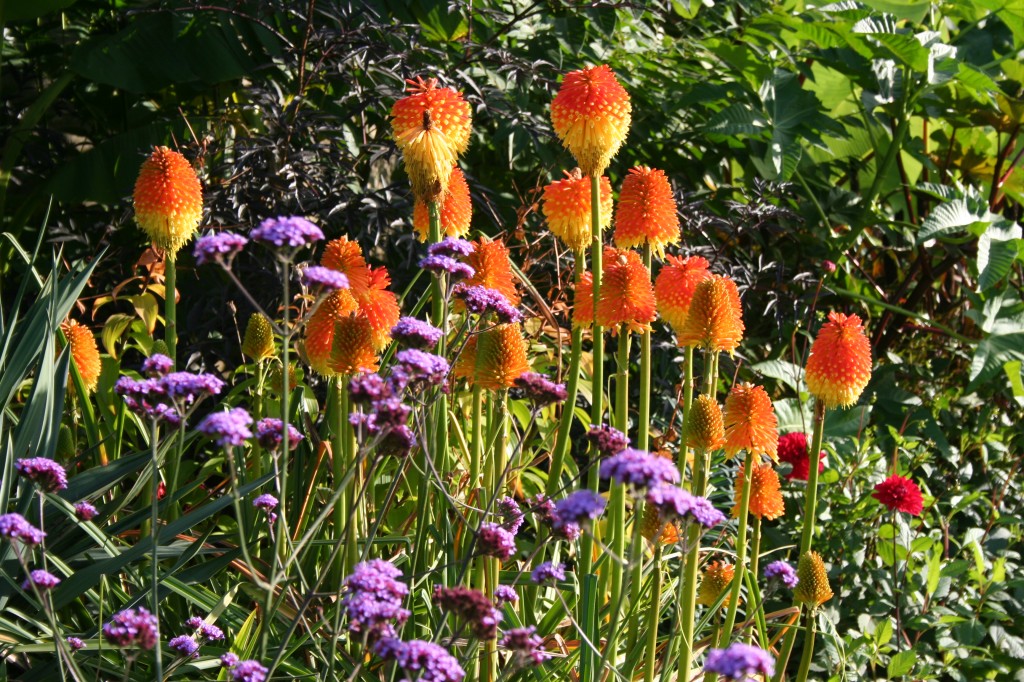Harewood is renowned for its beautiful gardens and inspiring planting schemes. In the Himalayan Garden, which is at its peak between April and July, the stream, rock garden, waterfall and mature planting give this enclave of the grounds a natural, untamed feel, not unlike being in a miniature version of a Himalayan valley.

Harewood’s Himalayan Garden contains many rare and unusual plants, many of which were introduced by intrepid plant explorers, and include Blue Poppies, Cobra Lilies, Primulas and Orchids, all planted amidst a host of trees, shrubs, rhododendrons and bamboos.
What to look out for?
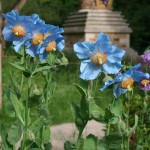
These must include the famous Blue Poppies of the genus Meconopsis from the Sino-Himalayan region. There are several kinds of Chinese and Himalayan poppies growing in the Himalayan Garden and many more are being planted this spring. They’re not all blue either, other colours include lemon, white, pink and red. Some species grow as small Alpine plants on thin soil in the rock garden, whilst others can grow to 2 metres on humus-rich, moist soil in the woodland garden.
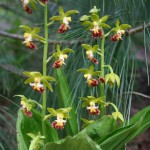
If you’re looking for orchids there are several types growing in the Himalayan Garden, mainly in the gorge and rock garden area. Terrestrial orchids representing genera such as Pleione, Cypripedium and Calanthe can be found at Harewood.
 Cobra Lilies of the genus Arisaema are an exciting and unusual addition to any garden. There are several species growing at Harewood, all of which are very striking plants with their distinctive snake-like appearance. They are very variable too with some having large reticulated hoods with long appendages and very large leaves, whilst some are short and slender with club-like appendages and narrow leaves. One species even has a cobra-like hood and a twisted tongue-like appendage and can grow up to 2 metres tall. Keep a look out for this striking plant in July.
Cobra Lilies of the genus Arisaema are an exciting and unusual addition to any garden. There are several species growing at Harewood, all of which are very striking plants with their distinctive snake-like appearance. They are very variable too with some having large reticulated hoods with long appendages and very large leaves, whilst some are short and slender with club-like appendages and narrow leaves. One species even has a cobra-like hood and a twisted tongue-like appendage and can grow up to 2 metres tall. Keep a look out for this striking plant in July.
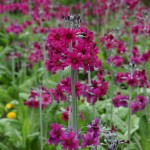
One of the simplest and most striking plants to grow in the Himalayan Garden is the “Candelabra” primula. Flowering between May and June, this is a robust spieces, thriving in wet soils. From western Sichuan, the bright pink flowers stand out against the pale silver stems.
Rhododendron:
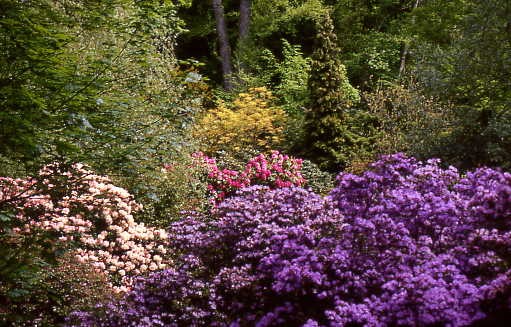
One of the finest displays of colour at Harewood in spring is derived from the hundreds of species and hybrid rhododendrons that grow throughout the grounds. From dwarf species with tiny leaves and flowers growing in rock crevices in the gorge to tree rhododendrons standing upwards of 20 feet tall with large trusses of funnel-shaped flowers growing in the woodland garden, there is a huge variety of colour and form here. The best time to see the rhododendrons in flower is between April and June, although we do have a beautifully fragrant white-flowered species which flowers in late summer. This is Rhododendron auriculatum which was HRH Princess Mary’s favourite.
Top Tips for Growing Rhododendron from our Head Gardener:
Trevor has been caring for Harewood’s gardens for over 20 years now and has some hints to help you choose and successfully grow rhododendrons in your own garden.
- Choose the right rhododendron for your particular site and buy quality plants from a good nursery. There are so many different kinds of Rhododendron available to suit all kinds of situations. Ask at the nursery for advice on the best rhododendrons for your site.
- Plant in moisture-retentive acid soil. Good drainage is also important, and on some sites it is better to plant in a shallow scoop, firm in with soil and then mound-up to the top of the root-ball with compost rather than to plant in a pit. At Harewood, we add compost at planting but prefer to add this to the upper part of the root-ball rather than sitting the plant onto a layer of compost, which then sinks leaving the plant sitting in a sump which collects water, especially in winter.
- Keep your plants healthy by applying an ericaceous fertiliser annually in early spring, and giving them a plentiful supply of water during the summer months, followed by a mulch of leaf mould in the autumn.
Don’t forget to come and visit Harewood when we open in April to see these beautiful plants at their best.








